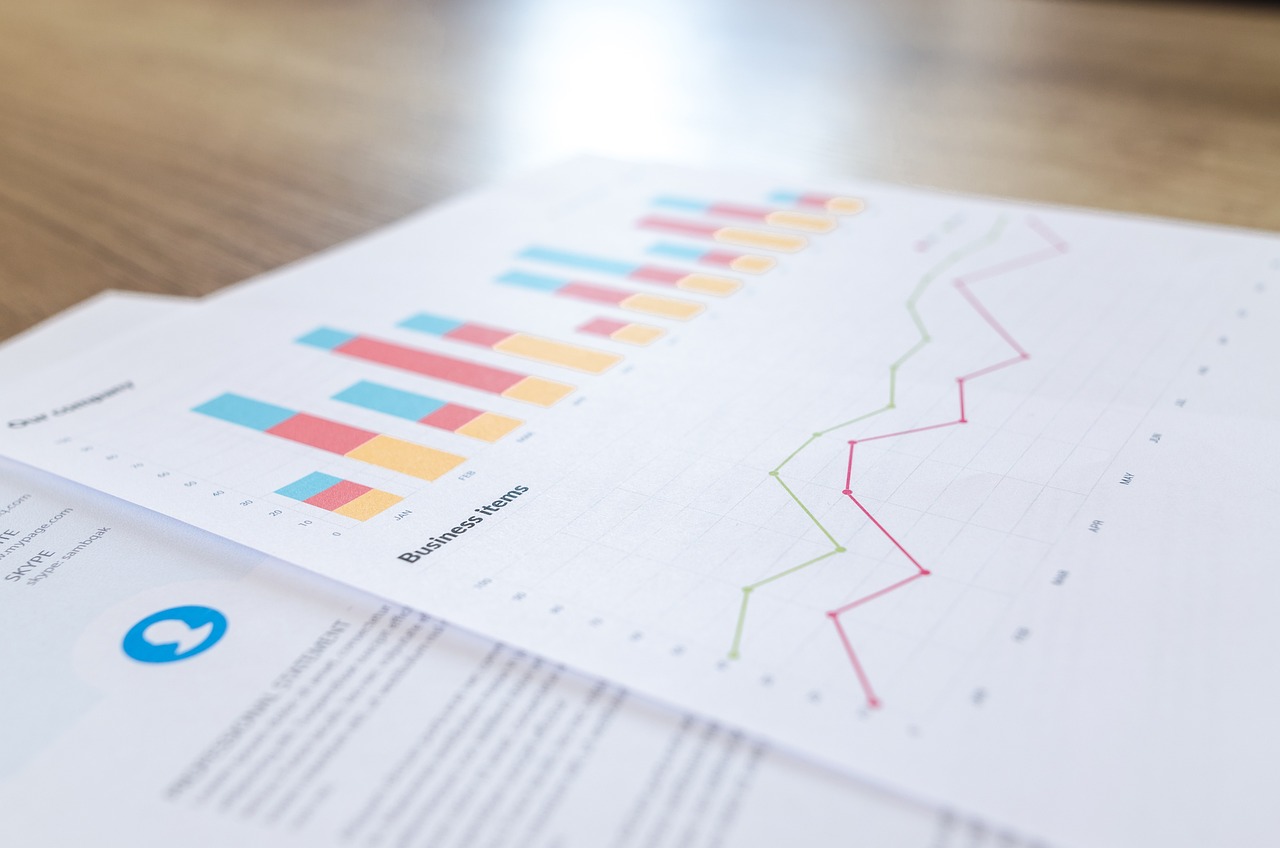

The terms “financial model” and “financial plan” are frequently used interchangeably, which can lead to confusion. However, understanding their differing roles is crucial for effective financial management.
Financial model vs financial plan
A financial model and a financial plan serve different purposes, though they are closely related and often used together in business and financial management.
What are the purposes of a financial model?
- A financial model is a tool used to forecast the financial performance of a business. It typically involves creating a mathematical representation of the business’s financial situation, usually in spreadsheet form.
- Financial models incorporate various financial data and assumptions, to project future revenue and expenses, ultimately highlighting the financial health of the business.
- These models are often used for decision-making purposes, such as evaluating investment opportunities, strategic planning, or following scenario analysis to assess the financial impact of different situations..
- Examples of financial models include discounted cash flow (DCF) models, valuation models, budgeting models, and scenario analysis models.
What are the purposes of a financial plan?
- A financial plan is a comprehensive document that outlines the financial goals of a business. It serves as a roadmap for managing finances effectively to achieve specific objectives.
- A financial plan typically includes sections such as financial objectives, income and expense analysis, risk management strategies, and more.
- Unlike a financial model, a financial plan is more holistic and focuses on broader aspects of financial management, not only including projections but also actionable steps to achieve financial goals.
- Financial plans are often used for financial planning, corporate financial planning, startup planning, and strategic planning in businesses.
Get started with our forecasting software so that you can plan your business' futureManage financial models and plans in Brixx
Do financial plans and financial models share any similarities?
While financial models and financial plans serve distinct purposes, they do share some similarities:
- Both involve forecasting: Both financial models and financial plans require some form of forecasting. Financial models forecast future financial performance. Financial plans project future financial outcomes, typically to achieve specific objectives or goals.
- Both use financial data: Both tools rely on financial data to inform their projections and analyses. Financial models incorporate relevant financial information to generate forecasts. Financial plans rely on financial data to assess current financial situations and develop strategies for future financial management.
- Both support decision-making: Both financial models and financial plans are used to support decision-making processes. Financial models help stakeholders evaluate different scenarios and opportunities by quantifying the potential financial implications. Financial plans provide a roadmap for achieving financial goals, guiding future decision-making.
- Both are flexible and require adjustments: Both financial models and financial plans may require adjustments and iterations over time. As new information becomes available or circumstances change, stakeholders may need to revise their financial models or update their financial plans to reflect the situation accurately.
- Both help to manage risk: Both tools involve assessing and managing financial risks. Financial models often incorporate risk factors and sensitivity analyses to evaluate the potential impact of uncertainties on financial outcomes. Financial plans typically include risk management strategies to mitigate potential risks and ensure the achievement of financial goals.
How to get started with both financial modelling and financial planning
Getting started with financial modeling and financial planning is essential. Here’s a step-by-step guide on how to get started with both financial modeling and financial planning using Brixx:
Sign up for Brixx
Sign up for a free trial in Brixx. You can play for 7 days without restriction.
Define your financial goals
Before diving into financial modeling and planning, it’s crucial to define your financial goals. Whether you’re a startup looking to secure funding or a business aiming for growth, clarity on your objectives will guide your financial modeling and planning efforts.
Create a financial model
To create a financial model in Brixx, start by entering your financial data. This may include historical financial information, revenue/expense projections, and other relevant metrics. Make sure to utilize Brixx’s pre-built templates and customizable modules to build a comprehensive financial model tailored to your specific needs.
Develop a financial plan
With your financial model in place, transition to developing a financial plan. Start by setting budget targets, defining key performance indicators (KPIs), and outlining strategic objectives.
Use Brixx’s planning tools to track and manage resources and establish timelines for achieving financial milestones. Incorporate risk management strategies and contingency plans to mitigate potential uncertainties.
Brixx’s scenario planning tool allows you to simulate various scenarios and assess their impact on your financial plan, allowing for informed decision-making and strategic adjustments.
Monitor and review
Once you’ve created your financial model and plan, make sure to regularly monitor and review your actual financial performance against your forecasts. Brixx provides reporting and analytics features to track your progress, identify trends, and make data-driven decisions. You can continuously update your financial model and plan as circumstances change, incorporating new information.
By following these steps and leveraging Brixx’s tools and capabilities, you can effectively get started with both financial modeling and financial planning, empowering yourself or your business to achieve financial success.














